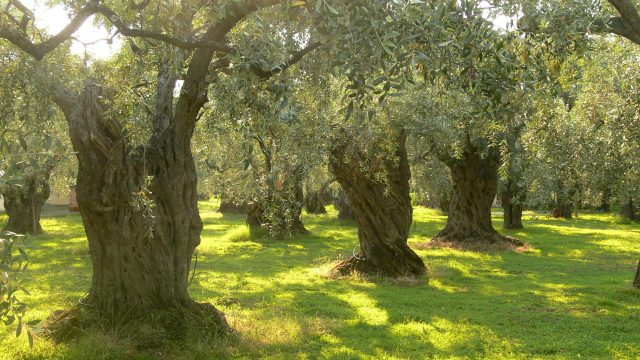Photosynthesis before oxygen may have kept the early Earth warm
Ars Technica 2017-12-17

Photosynthesis. (credit: Petr Pakandl / WikiCommons)
“The so-called ‘faint young Sun paradox’ has long been a topic of debate because its resolution bears important ramifications for the basic factors structuring climate regulation and the long-term habitability of Earth and Earth-like exoplanets.” So begins Chris Reinhard’s new paper in Nature.
Reinhard is a Principal Investigator at the Alternative Earths Team of NASA’s Astrobiology Institute, which has a goal of “unraveling the evolving redox state of Earth’s early atmosphere as a guide for exoplanet exploration” and eventual habitability.
The paradox at issue is that, three billion-ish years ago, our Sun was about 25-percent dimmer than it is today. Yet geological records suggest that the Earth was even warmer then than it is now. Most solutions to the paradox figure that there must have been high levels of greenhouse gasses in the atmosphere. Two big questions are related to that, though: which gasses, and what sort of processes put them there? Geological, chemical, and biological factors have all been suggested, with a different mix of gasses depending on the cause.